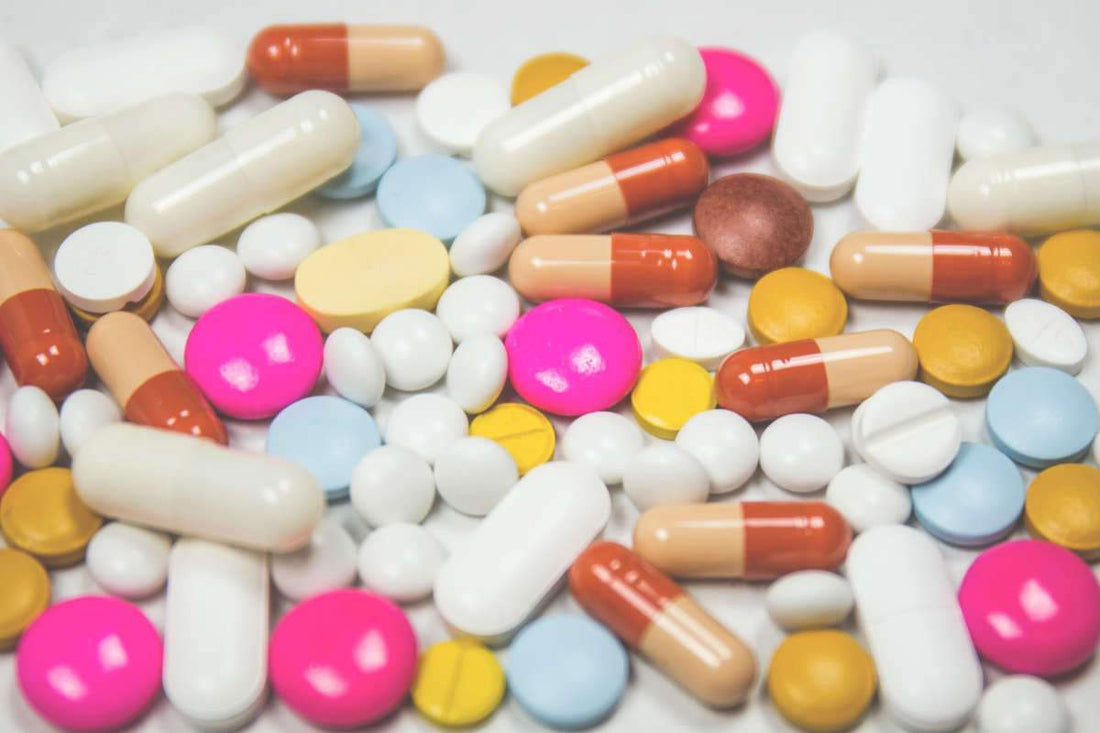Imagine yourself as a young child. What were the hobbies you enjoyed? Can you remember the shows you watched or the way you interacted with other people while you were in school? It’s probably safe to say that the habits and hobbies of your childhood don’t reflect those of your adult life. As we age, our priorities and personality change. For an increasing number of people, those changes include their relationship with pharmaceuticals.
Children with attention issues are often identified as soon as they start school. And most often the only option for managing the symptoms of attention issues is for a doctor to prescribe traditional pharmaceuticals. The problem we’re starting to see result from this limited approach is fewer adults willing to continue to rely on the pharmaceuticals they were prescribed as children. In fact, a significant group of them refuse to take the medication altogether.
Russell A. Barkley, a clinical professor of psychiatry at the Virginia Treatment Center for Children and the Virginia Commonwealth University Medical Center, studied children with attention issues and recognized this trend. He explained to CNN “Of all the kids we follow with ADHD to age 21, by age 21, only 5% acknowledge they have a disorder. They don’t think they have it.”
He added that 25% of children who were diagnosed with attention issues come off their medication because they never wanted to take them in the first place. He said, “They’re not compliant. They didn’t ask for help. They don’t think they have a problem. But they were dragged into a clinic by Mom and Dad.”
This finding from Barkley is one that we find particularly interesting. We know parents are only trying to give their child the tools they need to be successful, especially when it comes to education. Parents can only make the best choice from the options they’re given. Unfortunately, doctors haven’t traditionally offered many options. Now, parents and young adults who were diagnosed in school are starting to question is whether traditional pharmaceuticals were the right answer.
The good news is more doctors and trained professionals are starting to look at a holistic, alternative approach to managing attention issues. One mother from the article, Kathy, started behavioral therapy for her daughter, Erin. Kathy explained that once she understood how Erin’s brain worked, they both had an easier time navigating through Erin’s attention issues and anxieties. After some dedicated work, Kathy found that Erin “blossomed beyond anything.”

Of course, one family’s story is only an anecdote, but it does indicate that more people are opening themselves up to non-traditional practices for managing attention and focus issues.
What does that mean for you and your family?
The most immediate action to take is to connect with other parents and professionals who are starting to look outside pharmaceuticals to manage attention issues. They will be able to provide the resources and support you need as you navigate a holistic approach to managing your child’s focus issues. As the article suggests, this community is growing every day.
Additionally, you can start collecting research and case studies published by people who stopped relying solely on pharmaceuticals. Armed with information, you’ll be better able to advocate for your child to their pediatrician and other members of your community who might not understand the pharmaceutical-free approach. Gaining their support will make a huge difference for your child. The more people who understand the importance of your child’s routines, the easier time they’ll have maintaining structure and balance.
Most importantly, though, continue to focus on what works for your child. Maintaining consistent routines, encouraging restful sleep, taking away screens before bed — these are all techniques that will benefit your child whether you incorporate traditional pharmaceuticals or alternative supplements without harmful side-effects (such as Brillia). After months of consistent routine, you should notice which tools benefit your child, and which aren’t working. Each child has a unique journey to take and being open to any and all suggestions will only allow him or her to find their right path.





